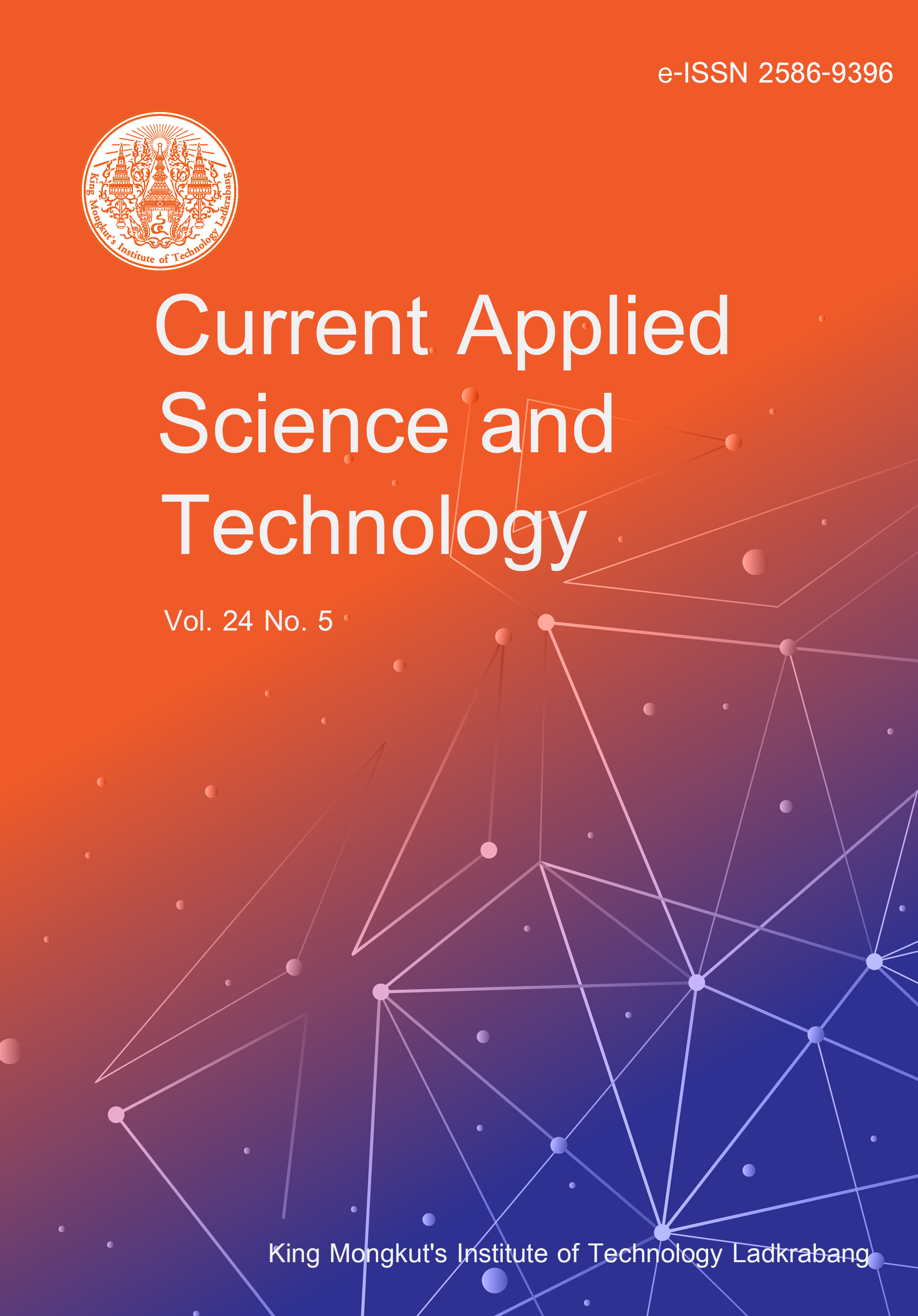Agarwood leaves (Aquilaria spp.) have been shown to benefit human health due to their bioactive compounds. However, studies on extraction methods for these beneficial compounds from agarwood leaves have been poorly reported. Therefore, the present study aimed to investigate the efficiency of extraction methods for such compounds. The studied methods included microwave-assisted extraction (MAE), ultrasound-assisted extraction (UAE), Viscozyme L treatment, and fermentation by Lactobacillus acidophilus ATCC 4356. The total contents of polyphenols, polysaccharides, saponins, flavonoids, and antioxidant activity were evaluated. The results showed that bioactive compound extraction efficiency differed depending on the treatment methods. Viscozyme L treatment showed the most effective method, followed by MAE treatment and lactic fermentation, and UAE treatments showed the lowest result. The total contents of polyphenols, polysaccharides, saponins, flavonoids, and the antioxidant activity in the case of Viscozyme treatment were 51.81±2.65 mg GAE/g sample; 23.711±1.26 mg GE/g sample; 252.77±4.32 mg OAE/g sample; 7.90±0.72 mg QE/g sample; and 55.1±1.3%, respectively. The results also indicated that each extraction method has its advantages. MAE and UAE treatments caused overheating inside the medium, affecting the antioxidant activity compounds. In the case of the fermentation process, excessive prolonging of the fermentation time also affected the sensitive antioxidant activity compounds released from the plant cells. The lactic fermentation process required the most time to reach extraction efficiency. However, fermentation would provide bioactive compounds and probiotics for health benefits, showing a potential approach for food supplementation.
Lieu, M. D. ., Doan, T. N. ., Tran, T. P. ., Tran, T. H. C. ., & Dang, T. K. T. . (2024). Effect of Microwaves, Ultrasound, Enzyme, and Lactic Bacteria on Extraction Efficiency of Bioactive Compounds from Agarwood Leaves (Aquilaria spp.). CURRENT APPLIED SCIENCE AND TECHNOLOGY, e0259931. https://doi.org/10.55003/cast.2024.259931


https://cast.kmitl.ac.th/doi/10.55003/cast.2024.259931